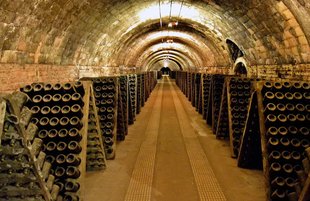Cava Wine: Regions, Styles, 8 Best Bottles to Try (2025)
While Champagne may be the first choice for celebrations, you could add a little unexpected dazzle with the delicious Spanish sparkler - Cava!
The versatile Cava wine is also a great ingredient for preparing your favorite Champagne cocktail.
Let’s find out what makes Cava wine unique.
We’ll explore its history, wine regions, grape varieties, how it’s produced, and the best food pairings. Explore the difference between Cava, Prosecco, and Champagne and the top 8 Cava wines to buy in 2024.
You’ll also discover an easy way to invest in fine wines.
Further reading
- If you want to invest in the world's finest wines. here's everyhting you need to know about Investing in Wine.
- If you're into Champagne, check out the iconic Cristal Champagne and Champagne Ruinart.
A Quick Intro to Cava Wine
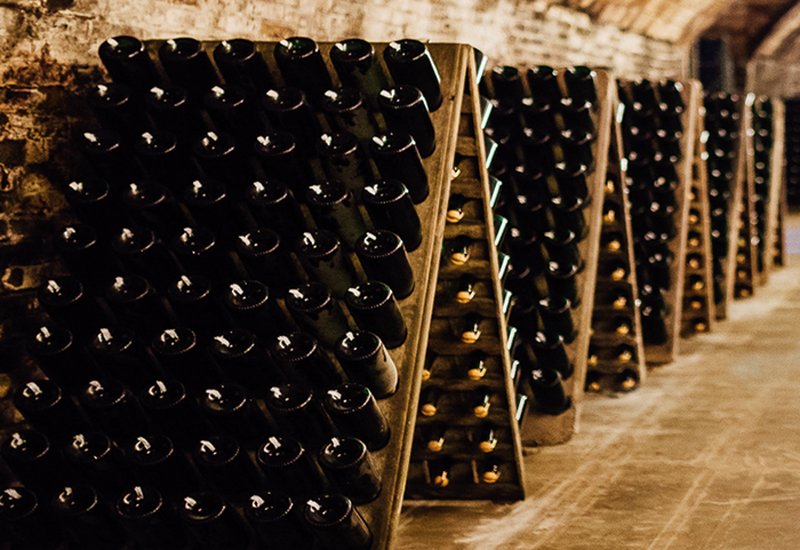
Cava hails from the Penedes region to the south of Barcelona. This Spanish sparkling wine is usually made from Macabeo, Xarel-lo, and Parellada grapes.
Cava has a Denominación de Origen (DO) status - indicating that it can only be produced in specific areas of Spain, using approved grape varieties. To indicate this status, it’s referred to as Cava DO (Denominación de Origen).
It was first produced by winemaker Josep Raventós at the Codorníu winery. Let’s explore more about this in detail.
A Brief History of Cava Wine
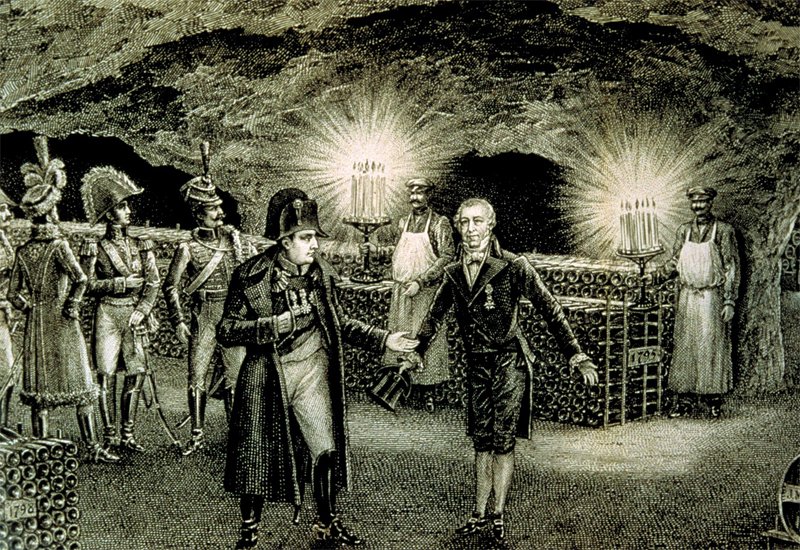
In 1872, winemaker Josep Raventós brought the Methode Champenoise with him from the Champagne region of France. He used it to produce the first Cava sparkling wine in the Penedes region.
When phylloxera devastated every vineyard of the Penedes region in 1887, the winemakers substituted the red grapes with high-quality white varieties.
In 1932, the first Spanish wine regulations outlined the definition of sparkling wine, and Cava was excluded from the list, making the Cava producers anxious.
By 1972, there was a rising debate over Champagne and Cava. To protect the designation of origin of Cava, the government set up the Regulatory Council of Sparkling Wines. It reserved the term ‘Cava’ for Spanish sparkling wine.
Since then, Cava has been a significant, affordable rival to Champagne.
In late 2019, new regulations were introduced in the Cava winemaking process to improve the quality of this Spanish wine.
Let’s now look at the wine regions where Cava production takes place.
Cava Wine Regions
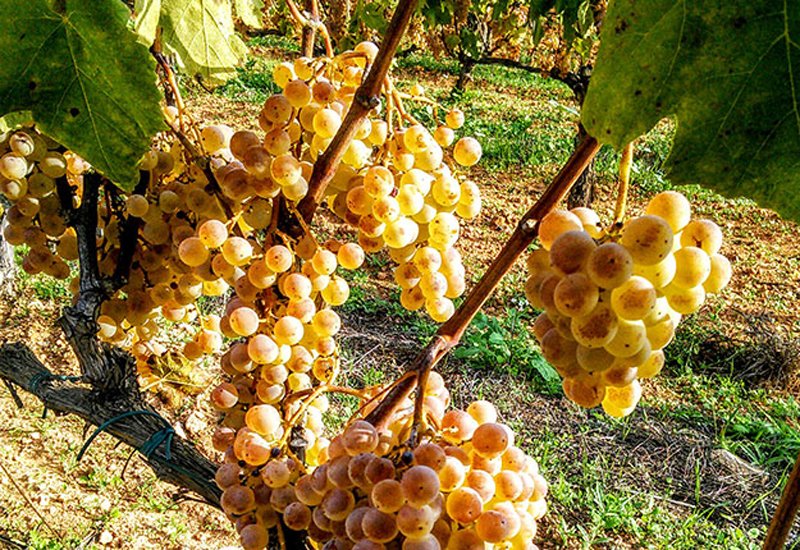
There are about 200 producers registered with the Regulatory Board of the DO Cava (the Cava Consejo Regulador.)
If you love going on wine tours, here are the best Cava wine regions to visit:
- Extremadura
- Aragón
- Castile and León
- La Rioja
- Euskadi
- Navarra
- València
Which are the unique grape varieties used in Spanish Cava wine?
Cava Wine Grape Varieties
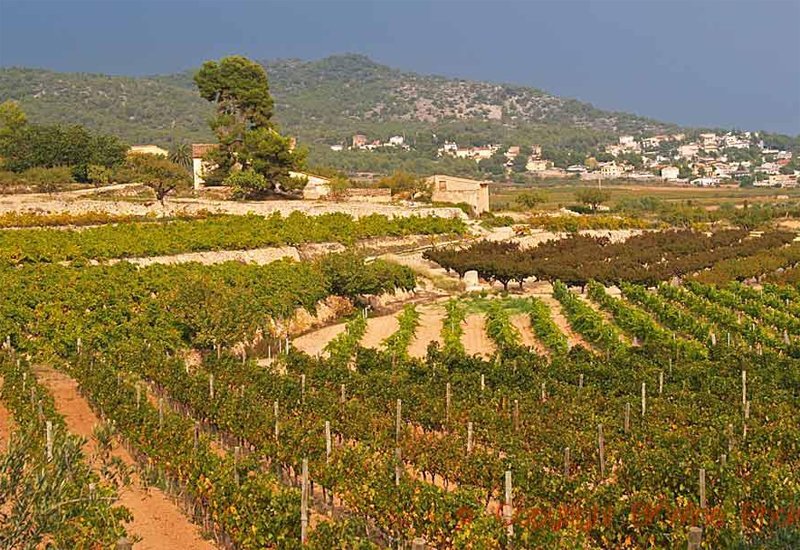
Most Cava wines are made from a blend of white and red grapes. The traditional white cava grapes include:
- Macabeo(Macabeu or Viura): This grape usually makes up half of a typical Cava blend. It is neutral in flavor and helps add body to this Spanish wine.
- Parellada: This grape adds citrus and green apple notes to the wine.
- Xarel-lo: This grape contributes with a lime blossom aroma and acidity.
Other grapes used in a Cava blend include:
- Monastrell: This red wine grape adds ripe peach notes and a floral aroma.
- Garnacha: This red grape lends its red fruit flavor and white pepper spice notes. Garnacha is usually used for producing Cava rose wines.
- Trepat: The Trepat red wine grape adds a red floral aroma and red berry notes.
- Pinot Noir: This red grape provides a red fruit aroma. You’ll usually find Pinot Noir in Reserva Cava bottlings.
- Chardonnay: This white grape’s taste profile depends on its terroir. Chardonnay grown in cool climates provides notes of apple and pear. Meanwhile, warm-region Chardonnay provides ripe peach and citrus notes.
Cava Wine Styles
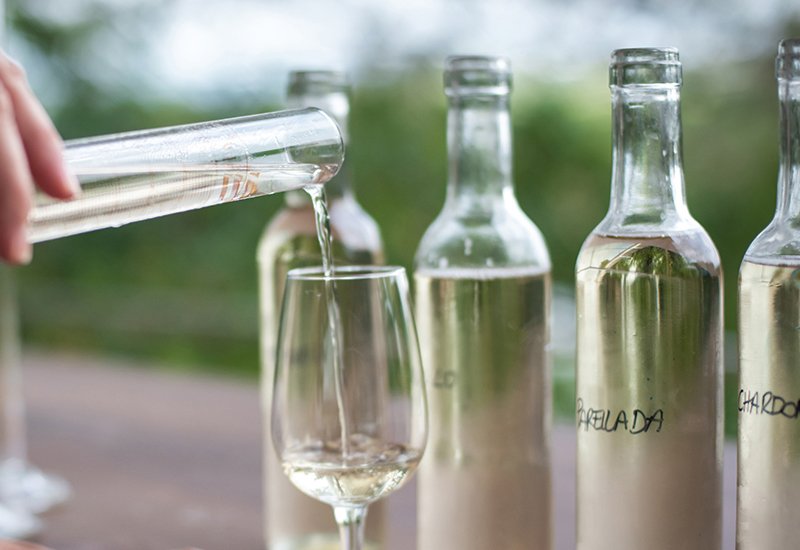
Cava wine is classified based on how long it’s aged in the bottle and its sugar content.
Here are the different Cava styles based on their bottle aging period:
- Cava (Cava de Guarda): Minimum 9 months of aging
- Reserva Cava (Cava de Guarda Superior Reserva): Minimum 18 months of aging
- Gran Reserva (Cava de Guarda Superior Gran Reserva): Minimum 30 months of aging
- Cava Paraje Calificado (Cava de Guarda Superior de Paraje Calificado): Minimum 36 months of aging
Here are various types of Cava based on their sugar content:
- Brut Nature: Up to 3 g of residual sugar (natural sugar) per liter
- Extra Brut: 3-6 g of residual sugar per liter
- Brut: 6-12 g of residual sugar per liter
- Extra Seco: 12-17 g of residual sugar per liter
- Sec: 17-32 g of residual sugar per liter
- Semi-Seco: 32-50 g of residual sugar per liter
- Dulce: Over 50 g of residual sugar per liter
Now, let’s shift our focus to Cava wine production.
How Is Cava Wine Produced?
Cava producers use the traditional method, “Methode Champenoise”, which is used in the Champagne region of France.
This involves a two-step fermentation, including secondary fermentation in the bottle.
Here’s what happens during Cava wine production:
- Cava grapes are harvested early to maintain high acid levels. They’re then pressed to release juice.
- The clear juices from each grape varietal are fermented separately in oak barrels or stainless steel tanks. This results in a still (dry) base wine in each barrel or tank.
- Each base wine is collected and blended with the others in varying quantities (called assemblage) to create the final cuvee.
- The blended wines are bottled with a mixture of sugar and yeast to ignite the second fermentation. This process lasts anywhere between 9 months to several years.
- Then comes the process of ridding where the bottle is continuously rotated for 6-8 weeks.The dead yeast cells are collected at the neck of the bottle and then removed through disgorgement.
- The wines are frozen in a bath of freezing brine and the bottle caps are removed to expel the frozen sediment.
- Finally, a mixture of still wine and sugar is added to each bottle before sealing it.
Starting with the 2020 vintage, Cava Reserva and Gran Reserva wines follow these strict regulations:
- They’re included in the Cava Vineyard Registry to guarantee traceability.
- They’re organically farmed from vines that are over 10 years old.
- Cava Reserva bottle aging is increased from 15 to 18 months.
- Wine bottlings must be labeled as vintage or multi-vintage.
But how do you differentiate it from Prosecco and Champagne?
The Difference Between Cava, Prosecco, and Champagne
High quality Cava wine could give you almost the same experience as the Champagne bottles, at a fraction of the cost.
Cava sparkling wine is made using the same traditional method (Methode Champenoise) for making Champagne but uses different grape varieties. In terms of flavor profile, Cava has stronger earth and fruit notes compared to Champagne.
Meanwhile, Prosecco is an Italian sparkling wine that’s entirely different from Champagne and Cava. Unlike Champagne, it’s produced using the Charmat method (involving secondary fermentation in a steel tank) and comprises mainly of the Glera grape varietal.
Prosecco is often sweeter than most Cava wines.
Now that you know everything about Cava production, why not explore the best dishes to pair with Cava wine?
Food Pairing With Cava Wine

Shorter-aged Cava wine pairs well with food that you’d normally pair with delicate olive oil - like tartare, oysters, and sushi.
Longer-aged Cava wines are perfect with tapas, rice, and red meat dishes.
Let’s now look at the best Cava wine bottles that deserve a space on your wine rack.
Best Cava Wines to Buy In 2024 (Including Tasting Notes, Pricing)
With many leading Cava producers like Segura Viudas, Freixenet, and Juvé y Camps, it can be difficult to pick the best bottle!
Here are the top 8 Cava wine bottles you need to try:
1. 2002 Recaredo Turo d'en Mota Cava, Catalonia, Spain
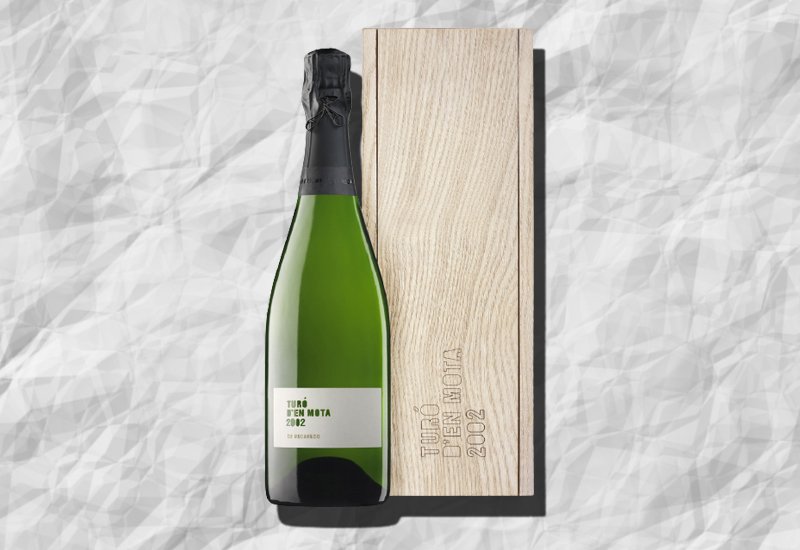
This is a golden-yellow sparkler with notes of citrus, apple, and pastries. It’s a premium Cava that maintains good acidity and offers a long finish.
Price of the 2002 Recaredo Turo d'en Mota Cava, Catalonia, Spain: $148
2. 2012 Juve y Camps Finca La Siberia Gran Reserva Brut Nature Rose Cava, Catalonia, Spain
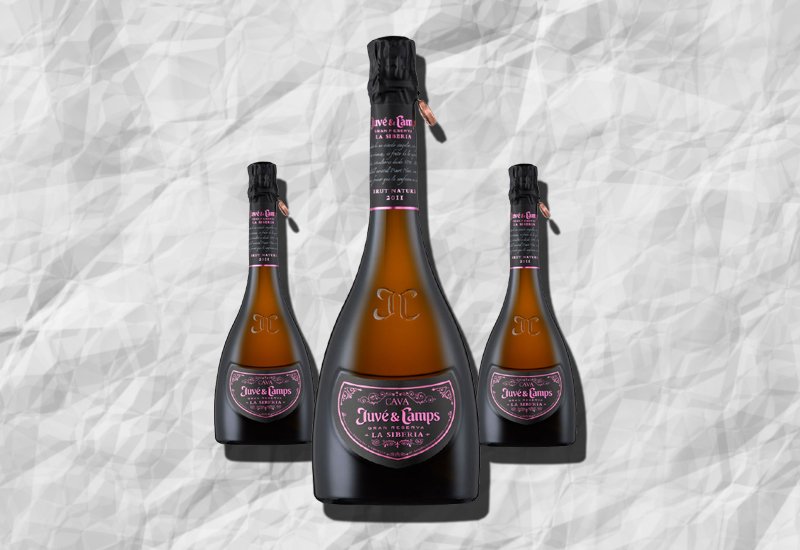
This premium Cava wine has a lovely effervescence that offers pleasant sensations to the palate. It has notes of dried apricot and cherry - a perfect drink with tapas.
Price of the 2012 Juve y Camps Finca La Siberia Gran Reserva Brut Nature Rose Cava, Catalonia, Spain: $150
3. 2010 Juve y Camps 'La Capella' Brut Nature Cava de Paraje Calificado, Catalonia, Spain
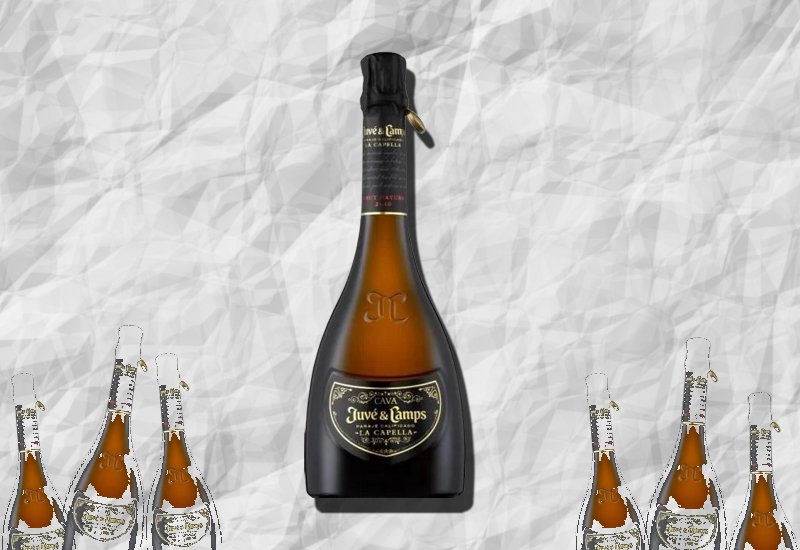
This Spanish Cava has notes of brioche and aromatic herbs. It has magnificent acidity and offers a long finish.
Price of the 2010 Juve y Camps 'La Capella' Brut Nature Cava de Paraje Calificado, Catalonia, Spain: $91
4. 2000 Mestres 'Mas Via' Gran Reserva Brut Cava, Catalonia, Spain
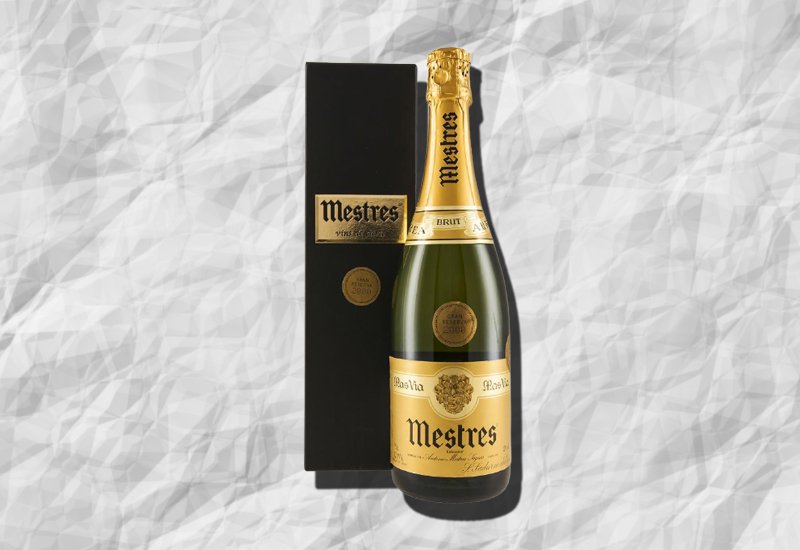
The 2000 Mestres Mas Via Gran Reserva Cava Brut has notes of herbs and nuts. It’s a traditional method sparkling wine made from the three dominant Cava grapes - Macabeo, Xarel-lo, and Parellada grapes.
Price of the 2000 Mestres 'Mas Via' Gran Reserva Brut Cava, Catalonia, Spain: $84
5. 2013 Juve y Camps 'Gran' Gran Reserva Brut Cava, Catalonia, Spain
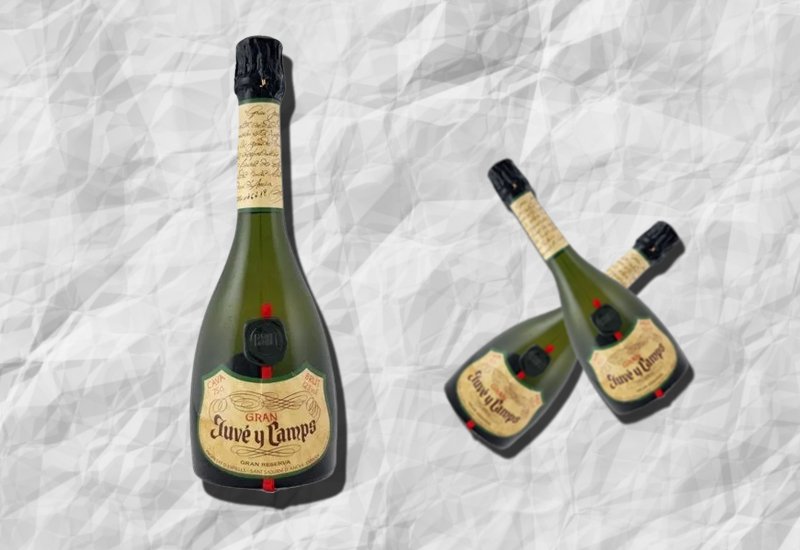
This sparkling wine has vibrant aromas of white flowers with notes of fleshy fruits. It’s composed of Macabeo, Xarel-lo, Parellada grapes, and Chardonnay.
Price of the 2013 Juve y Camps 'Gran' Gran Reserva Brut Cava, Catalonia, Spain: $105
6. 2006 Agusti Torello Mata Kripta Gran Reserva Cava, Catalonia, Spain
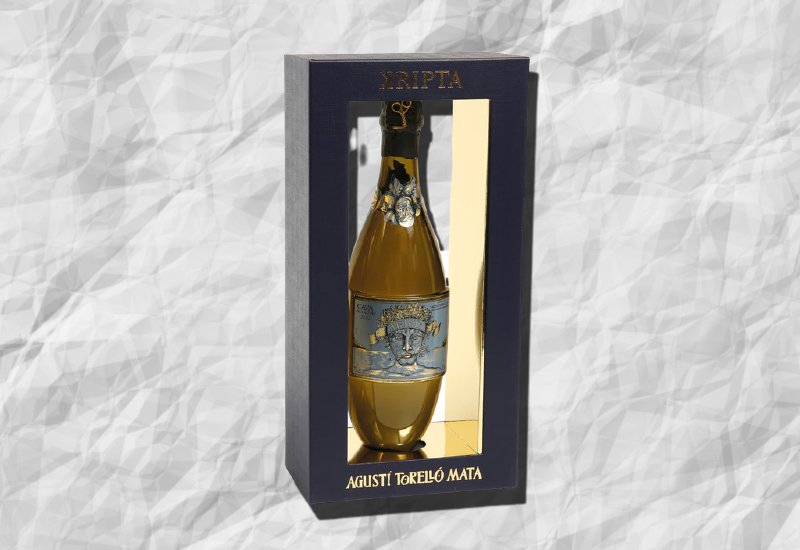
The 2006 Agusti Torello Mata Kripta Spanish Cava has crisp acidity and offers caramel and fruity notes.
Price of the 2006 Agusti Torello Mata Kripta Gran Reserva Cava, Catalonia, Spain: $78
7. 2009 Llopart Original 1887 Gran Reserva Brut Nature Cava, Catalonia, Spain

This gold Spanish sparkling wine has notes of dried fruits and citrus. It’s produced from Macabeo, Xarel-lo, and the Montonega grape varietal.
Price of the 2009 Llopart Original 1887 Gran Reserva Brut Nature Cava, Catalonia, Spain: $68
8. 2008 Equipo Navazos 'Colet Navazos' Reserva Extra Brut Cava, Penedes, Spain

This traditional method sparkling wine has vibrant aromas of white flowers with notes of nuts, and stone fruits.
Price of the 2008 Equipo Navazos 'Colet Navazos' Reserva Extra Brut Cava, Penedes, Spain: $126
Does Cava Wine Age Well?
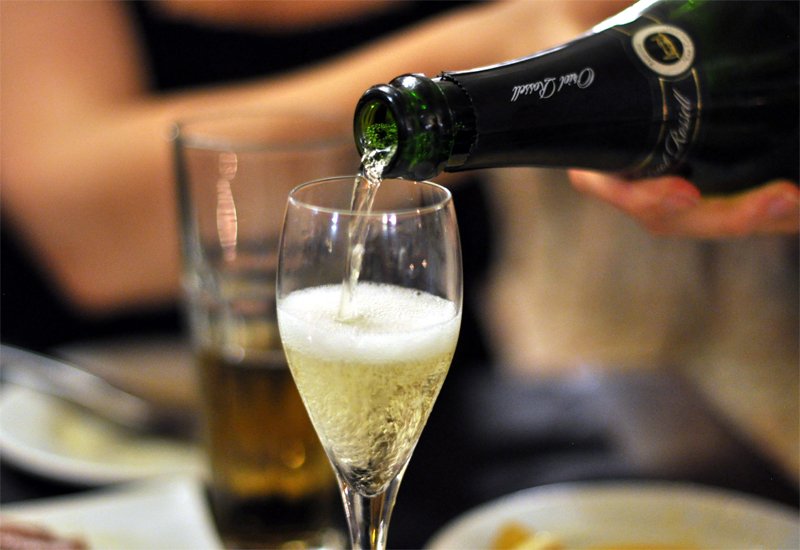
Once you buy a bottle of Cava, it can keep its flavors intact for up to a year. So, the best time to consume your bottle of fresh Cava wine would be when it’s released in the market.
Needless to say, Cava isn’t an ideal long-term investment.
If you want to invest in fine wine, then there are some brilliant alternatives like vintage Champagnes, French classics like Chateau Latour, Italian icons like Sassicaia, and many others!
But,with a high-quality collectible wine comes the responsibility of authenticating the bottle and also finding the perfect storage for it.
The easiest way to do this is by buying your fine wine through a trusted wine investment company like Vinovest.
Here’s how.
Invest in Fine Wines Through Vinovest
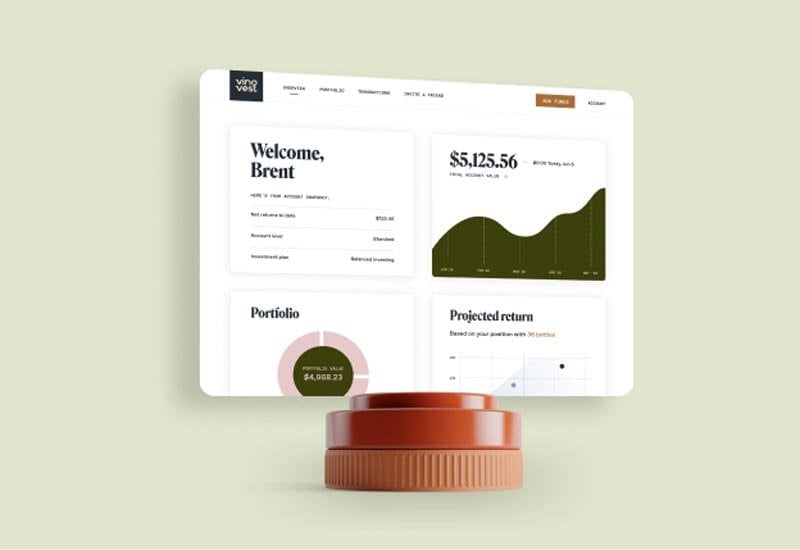
Vinovest is a leadingwine investment company that helps you buy, store, and sell investment-grade wines from across the globe.
But that’s not all.
If you want your wine delivered to your doorstep, Vinovest will do that for you, effortlessly.
How Does it Work?
To get started, here are the simple steps you can follow:
- Sign up on Vinovest.
- Complete a small questionnaire to share your risk appetite and investment preferences.
- Fund your account with $1,000 or more.
- Build your portfolio with the finest wines.
- Sip your favorite Champagne cocktail while you watch your portfolio grow!
Benefits
Here are the top benefits of investing through Vinovest:
1. Low Overall Costs
Vinovest charges you a minimal yearly fee of 2.5% (or 1.9% for a portfolio of $50,000+.) This covers portfolio management, wine storing, buying, selling, insurance, and fraud detection.
2. Excellent Prices
Vinovest sources fine wines directly from wineries, global wine auctions, and wine exchanges. This allows you to buy collectible wines at wholesale prices.
3. Convenient AI-Driven Platform
Vinovest’s Artificial Intelligence (AI)-driven platform is designed to let you buy and sell fine wine with just a few clicks of your mouse.
4. Portfolio Curated and Monitored by Wine Experts
Using AI-driven investment models, Vinovest’s team of Master Sommeliers curates and monitors your portfolio.
5. Optimal Storage Conditions, Security, and Comprehensive Insurance
Vinovest stores collectible wines in temperature-controlled warehouses with perfect humidity, light, and vibration levels. They’re monitored using surveillance cameras.
Besides, you don’t have to worry about theft or damages - Vinovest gives you full insurance coverage for every wine bottle you purchase.
7. Provenance-Checked Bottles
Vinovest traces your wine’s provenance and makes sure it’s an authentic one.
8. Easy Delivery
Vinovest delivers the fine wines in your portfolio to your buyer, or straight to your door - hassle-free.
Indulge in a Sweet, Sparkling Cava Wine
The versatile Cava sparkling wine is perfect for celebrating a special occasion or making your perfect Champagne cocktail. The best part is that this bubbly is considerably more affordable than Champagne.
If you want a wine to invest in for the long term, you should consider age-worthy collectibles like a luscious Bordeaux or a Burgundy wine, and more.
Sign up with Vinovest and start investing in the world’s finest wines!
